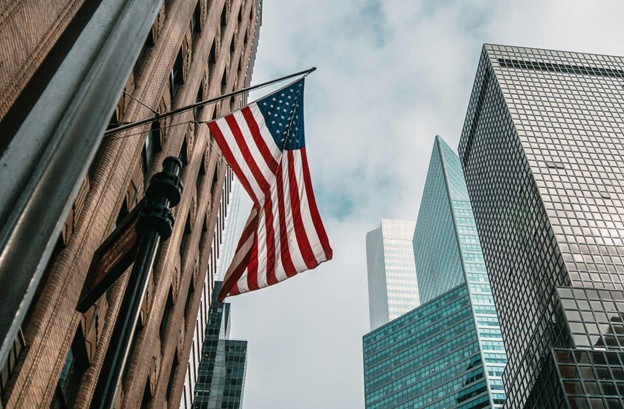Wall Street No Longer Flinches at Trump’s Tariff Drama
Remember when a single Trump tweet could rattle global markets? Those days are fading fast.
According to CGS International CEO Carol Fong, investors are now desensitized to the U.S. President’s ever-shifting tariff threats. Speaking at the Reuters Next Asia Summit in Singapore, Fong offered what may be one of the clearest signals yet that the era of Trump-induced market hysteria is cooling.
Her words ring especially true after this week’s deadline for new tariffs lapsed, with barely a blink from the S&P 500 or global equities. The message is clear: the market has seen this movie too many times.
But does desensitization mean safety? Not quite.
Tariff Fatigue Is Real, But Dangerous
Let’s not mistake indifference for stability. Just because the market isn’t panicking doesn’t mean Trump’s tariff policies are harmless. The bigger risk now might be complacency.
August 1 is now the new deadline for sweeping reciprocal tariffs on nearly all U.S. trading partners.
Trump wants a 50% tariff on copper, a critical resource for electronics, clean energy, and national defense. And the U.S. has already collected $100 billion in tariff income in 2025, with projections to hit $300 billion by year’s end.
These aren’t headline gimmicks. They’re massive, economy-warping policies with ripple effects across manufacturing, tech, construction, and even military supply chains. Markets may not be reacting now, but the long-term structural damage is quietly compounding.
The Real Shift Is in Supply Chains
While investors yawn, global manufacturers are already moving. Fong highlighted an ongoing migration of Chinese companies into Southeast Asia, spurred by uncertainty and escalating trade risks.
In her words:
“We see a lot more interest over the last six to nine months for Chinese companies coming out, building potential partners to diversify their base.”
This is a redefinition of the board. Countries like Vietnam, Malaysia, and Thailand are becoming the new nodes of global production. The tariffs may not move Wall Street’s needle today, but they are rapidly redrawing the global trade map.
Asia Is Winning the FDI Game
In a more bullish view, ING’s Asia-Pacific wholesale banking head Uday Sareen noted that Asia continues to outpace the rest of the world in foreign direct investment (FDI). The momentum is real, and big money is clearly pivoting East.
Eastspring Investments CIO Vis Nayar doubled down on India as a top pick for capital inflows, thanks to its strong domestic economy. But he also gave a crucial warning:
“Valuations in India are expensive… investors need to be selective.”
This translates to “there’s opportunity, but this isn’t a free-for-all.” Passive indexing won’t cut it anymore. You’ll need to dig deep to find value.
Markets Should Snap Out of It
Let’s not sugarcoat it. The market’s muted reaction to Trump’s tariff blitz isn’t a sign of strength; it’s one of denial. Traders have priced in the noise, sure. But they may be ignoring the underlying damage to supply chains, corporate margins, and glob



